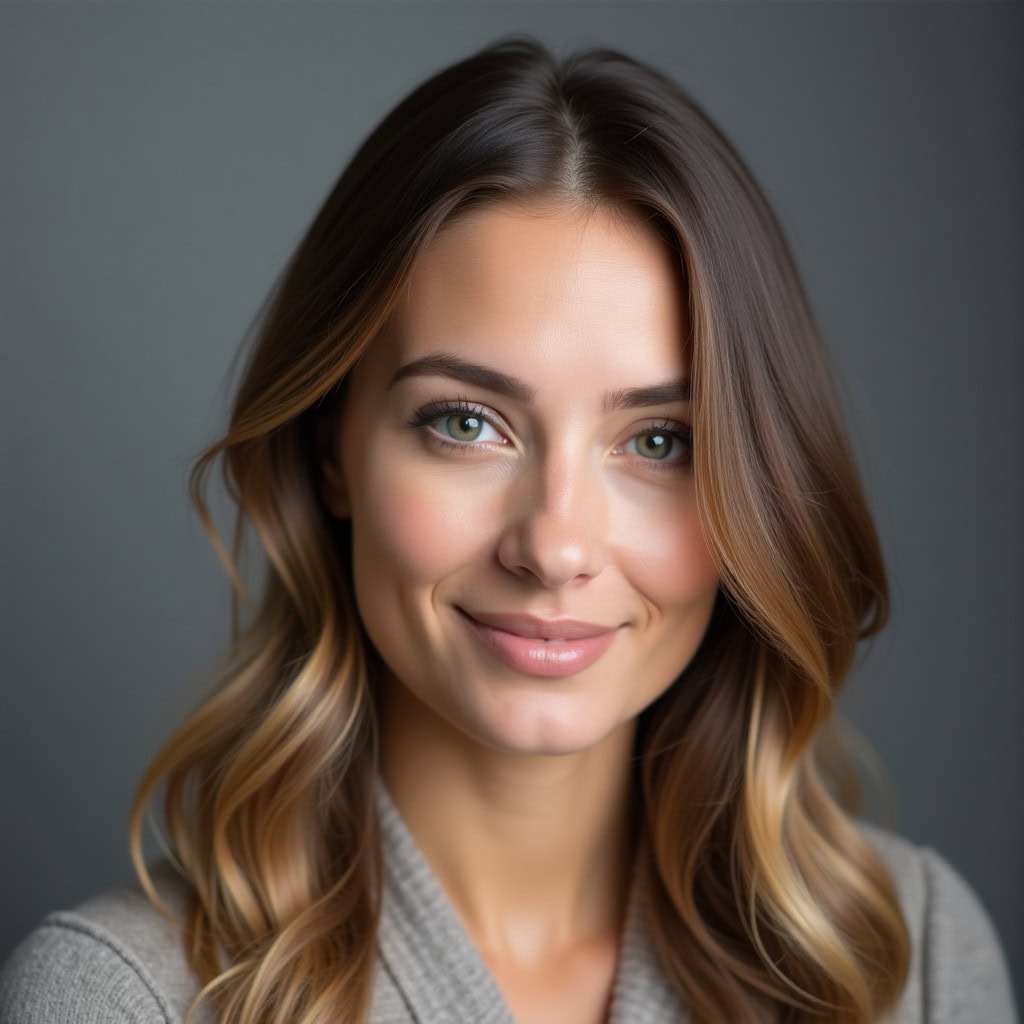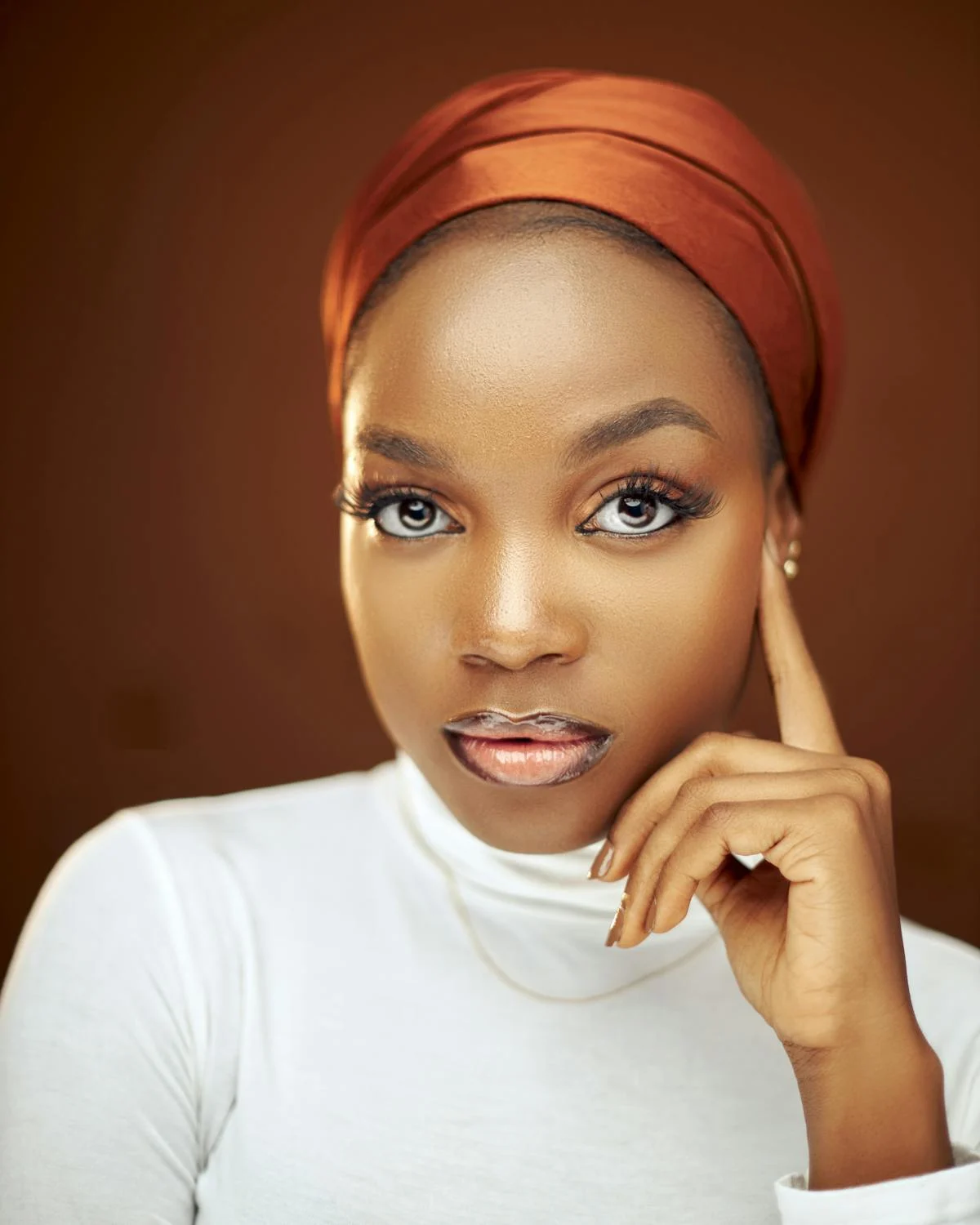A professional headshot is more than just a photo; it’s your introduction to the professional world. Whether you’re updating your LinkedIn profile, submitting a resume, or enhancing your online presence, mastering how to pose for headshots can significantly impact your confidence and career opportunities. A compelling headshot can complement your resume and increase your chances of landing an interview.
Why Professional Headshots Matter
Professional headshots are essential for personal branding and career advancement. Studies show that first impressions form within seven seconds, and a high-quality headshot can communicate professionalism, approachability, and confidence instantly.
- Building Trust: A polished photo creates a positive perception.
- Career Growth: Employers and clients often assess profiles based on visual impressions.
- Networking: A professional image makes you memorable in professional circles.
Did you know? According to a recent survey, profiles with professional headshots are 14 times more likely to be viewed by potential employers or clients.
Preparing for Your Headshot Session
Grooming and Hygiene Tips
- Ensure your hair is clean and styled. Men may consider a fresh shave or neat beard grooming.
- Opt for light makeup to enhance natural features. Avoid overly shiny products that can reflect harsh lighting.
- Hydrate your skin by drinking water and moisturizing beforehand.
What to Wear
- Stick to solid, neutral colors like navy, black, or white to keep the focus on your face.
- Avoid busy patterns, logos, or overly shiny fabrics.
- Choose clothing that fits well and aligns with your industry’s professional standards.
Mental Preparation
- Practice poses in front of a mirror to identify your best angles.
- Engage in calming activities, like deep breathing, to reduce pre-session nerves.
- Visualize the outcome you want to boost confidence.
Essential Techniques for Posing
Posture and Body Positioning
- Stand or sit straight to convey confidence, but keep your shoulders relaxed.
- Turn slightly away from the camera to add depth and dimension.
- Keep a small gap between your arms and torso to avoid looking rigid.
Positioning Your Chin and Neck
- Push your chin slightly forward and down to define your jawline.
- Avoid tilting your head excessively, which can appear unnatural.
Eye Contact and Expressions
- Look directly into the camera to exude confidence.
- Practice “smizing” by smiling subtly with your eyes.
- Think of a positive memory to achieve genuine expressions.
Hand and Arm Placement
- Rest your hands lightly on your lap or arms.
- Avoid tightly crossing your arms or letting them hang stiffly.
Specific Poses to Consider
The Classic Headshot
Face the camera with neutral shoulders and a direct gaze. Perfect for formal settings.
The Angled Pose
Turn slightly away from the camera while maintaining eye contact to create depth.
Leaning Poses
Lean subtly forward to show engagement or backward for a relaxed vibe.
Profile and Side Views
Use for creative or artistic headshots. Keep your gaze confident and relaxed.
Common Mistakes and How to Avoid Them
- Slouching: Always maintain a strong, straight posture.
- Overly Rigid Poses: Allow for natural body language.
- Distracting Attire: Avoid bright colors or busy patterns that shift focus.
- Poor Lighting: Ensure lighting is soft and even to avoid harsh shadows.
Best Practices for Photographers
- Use soft, diffused lighting to flatter facial features.
- Set your aperture at f/2.8 or wider for a shallow depth of field.
- Build rapport with the subject to make them feel comfortable and confident.
Tailoring Headshots for Your Audience
- Casual Industries: Use relaxed poses and natural lighting for a friendly feel.
- Corporate Settings: Opt for formal poses with structured attire and sharp lighting.
DIY Professional Headshots
- Equipment: Use a good camera or smartphone with a high-resolution lens.
- Lighting: Position yourself near a window for natural light or use softboxes.
- Background: Keep it clean and uncluttered to maintain focus on you.
FAQs About Professional Headshots
How often should you update your headshot?
Every 1-2 years or whenever your appearance changes significantly.
What should you avoid during a session?
Avoid overthinking poses or making exaggerated expressions.
Can professional headshots be edited or retouched?
Yes, minor edits can enhance lighting and remove blemishes while maintaining a natural look.
Additional Resources for Professional Headshots
Wardrobe for Headshots
Choosing the right attire for your professional headshot can make all the difference. Stick to solid colors and avoid overly busy patterns. For more detailed guidance, visit our dedicated resource: Wardrobe for headshots.
Take Your Headshots at Home
Can’t make it to a professional studio? No problem! With a few simple tools and techniques, you can achieve high-quality headshots from the comfort of your home. Check out our step-by-step guide: Take your headshots at home.
AI Headshot Generator
Need professional-grade headshots quickly? Our AI headshot generator can create stunning portraits tailored to your needs. Learn more about this innovative solution: AI headshot generator.
Sources and Further Reading
- Julianance Portraits: How to Take a Headshot
- Brandon Andre: How to Pose for a Headshot
- Soona Blog: 10 Headshot Photography Tips
- JCP Portraits: Best Colors for Professional Headshots
- Expert Photography: Headshot Photography Guide
- City Headshots: Camera Settings for Headshots
- Karen Vaisman Photography: How to Look Confident in Headshots
- Olivia Bossert Education: How to Feel Confident During Headshots
- Stuart Beeby Photography: How to Look and Feel Confident
- The Speaker Lab: Headshot Poses for Confidence













